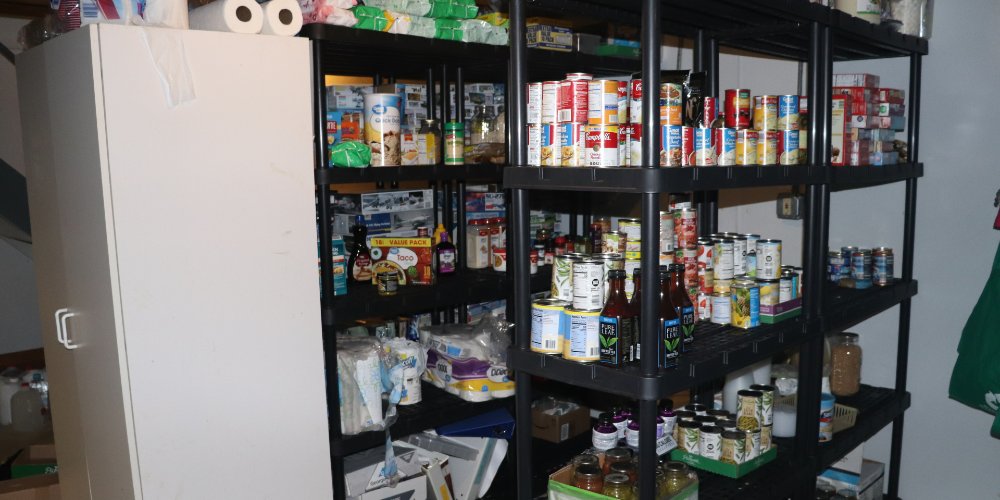(Late Prepper)—A friend showed me her “prepper pantry” last year. It was pretty impressive, especially considering she’d only been working on it for a few months. All of it was commercial; she hadn’t started gardening, canning, dehydrating, freeze drying, or any of the ways preppers can grow and store their own food.
If I had to guess, she had spent over $10,000 on it all, which is a decent amount for a mid-length bug-in situation. Unfortunately, she’s skipped an extremely important step.
When I asked to see her regular pantry, she was a bit confused. What did any of that matter if she had enough long-term storage food to feed her family for a year? When we looked at what she had in “regular” food she had about 3-4 weeks worth, which is better than the average American household. It wasn’t enough.
It’s not a great situation if a family is already breaking into their survival food that has a 10+ year shelf-life a couple of weeks after a long-term emergency strikes. Instead, individuals or families should have several months worth of “regular” food rotating in their pantry. Much of this will be medium-term food such as canned meals, pastas, grains, and even dehydrated meat.
Keep in mind that I own a long-term storage beef company, yet I still advise not buying any of it until a family has at least several months worth of normal foods. It doesn’t make sense to have to bust open a bucket of freeze dried lasagna on week 3 of bugging in.
The reason is simple: Freeze-dried meals and meats are more expensive than their canned or boxed counterparts. Canned tuna, chicken, and beef can supply a lot more protein per dollar spent than survival meats. Granted, canned beef is, in my humble opinion, far less appetizing than tuna, chicken, or even Spam, but it fills its purpose.
It’s important for these items to be something you’d eat regularly. Most canned foods are shelf-stable for 2-5 years. Frozen meats generally last 12-24 months. Boxes of pasta or rice can last a couple of years, though they can be transferred to vacuum sealed food containers with oxygen absorbers to more than double their shelf-life. The same is try for flour, though it’s best to have whole grains and a mill (one electric, one manual) rather than the flour itself.
Without rotation, a lot of the food could be wasted. And if it’s food you wouldn’t normally eat, then it’s just going to sit there until it goes bad unless, God forbid, an emergency strikes in the near-term.
Bottom line is this: It’s important to have long-term “survival food” ready to eat if necessary, but having regular food that can keep your family fed for months is the step to take first.

It’s becoming increasingly clear that fiat currencies across the globe, including the U.S. Dollar, are under attack. Paper money is losing its value, translating into insane inflation and less value in our life’s savings.
Genesis Gold Group believes physical precious metals are an amazing option for those seeking to move their wealth or retirement to higher ground. Whether Central Bank Digital Currencies replace current fiat currencies or not, precious metals are poised to retain or even increase in value. This is why central banks and mega-asset managers like BlackRock are moving much of their holdings to precious metals.
As a Christian company, Genesis Gold Group has maintained a perfect 5 out of 5 rating with the Better Business Bureau. Their faith-driven values allow them to help Americans protect their life’s savings without the gimmicks used by most precious metals companies. Reach out to them today to see how they can streamline the rollover or transfer of your current and previous retirement accounts.


